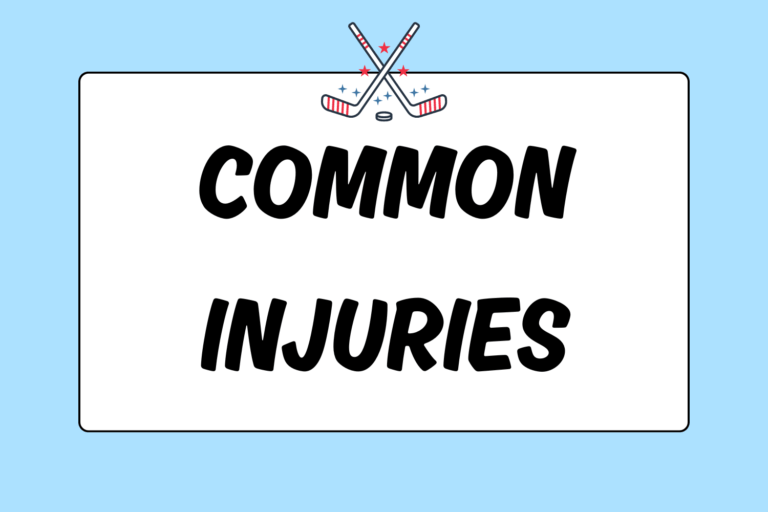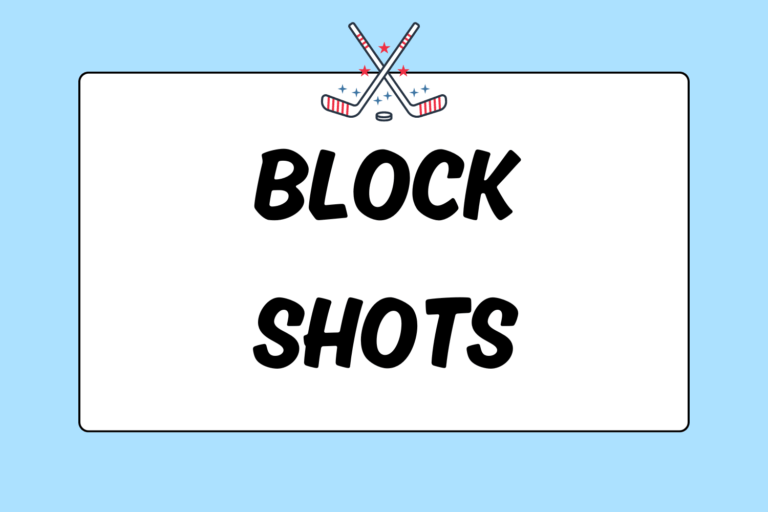All hockey players know that ice time is hard to come by. From youth hockey, to scholastic hockey, all the way up to adult recreational leagues, games are often played back to back, without much of break in between games. Because of this, teams get very little time to warm up.
Skaters generally take a few laps, followed by some warm-up shots. Most of the time, that routine is a sufficient warm-up for the skaters. It’s not so simple for goalies, though. They need to acquire a feel for both the puck and the ice. They prefer seeing a wide variety of shots and situations. They need to build confidence, and they have to accomplish all of this in a few short minutes. This guide outlines a good pregame goalie warm-up.
Stretching
Goalies need to have loose, flexible muscles in order to be effective. Regular stretching can significantly reduce the risk of some of the most common goalie injuries. However, players normally have just a few minutes of on-ice warm-up time, so it’s wasteful to have the team’s goalie do any of his stretching on the ice. Goalies should stretch in the locker room, both before and after they’ve put their equipment on.
Goalies need to show up about 30 minutes prior to game time to have enough time for stretching. If your team’s goalie gets to the rink with only enough time to get dressed before he hits the ice, his game will suffer as a consequence. Use the entire on-ice warm-up time to prep the goalie, so he can play to the best of his abilities and give your team the best chance to win.
Lap & Shuffle
Once the goalie has stretched and gotten dressed, he should step onto the ice and take a fast-paced warm-up lap, just like the rest of his team. This gets his blood flowing and his muscles ready for a strenuous game.
After finishing a lap, the goalie should skate to his net and go through a few close-quartered skating drills. Simple drills, such as a few butterfly slides and some post-to-post shuffles will suffice. These exercises help the goalie get a feel for the ice and the positioning of the net.
Shots
After a brief skating drill, the goalie should be ready to face some shots. Let the goalie decide what type of shots the team takes, but focus on taking a wide range of shots. Generally, lining up and taking breakaways is the worst strategy. In addition to tiring the goalie, barraging him with difficult shots can hurt his confidence going into the game.
Medium-distance shots from various spots on the ice are the best shots to take while warming up a goalie. The team should arrange themselves in a semi-circle around the top of the circle and take turns shooting. This warm-up helps the goalie track the puck from a distance, as he gets a feel for making saves. Teams need to take a variety of shots, making sure the goalie sees all of the following shots:
- Slapshots
- Wrist shots
- High corners
- Low corners
- Five-hole
Players should pay attention to the types of shots their teammates are taking, and choose their own shots accordingly. More advanced goalies can request that a teammate stand to the side of the net to try and hit in rebounds. This decision, however, is up to the goalie.
Often, the drills outlined above take up all of the pregame warm-up time. However, if you still have some time, spend a few minutes on the horseshoe drill (sometimes called a corners drill). Split the team up into two groups; one in each of the corners behind the goalie. A player from one side skates around the circle and into the slot where he receives a pass from a player on the other side. The player may choose to skate the puck in, or take a one-timer. Alternate sides, and keep changing the types of shots you and your teammates take.
Handle with Caution
While every goalie may want to warm up in a different way, there are certain precautions you need to take. When warming up a goalie, never do any of the following:
- Do not shoot while the goalie is setting up the net, or if he’s not paying attention. This is disrespectful and dangerous.
- Do not shoot at the goalie’s face/helmet. When a goalie gets struck by a hard shot to the cage, it can leave him with a ringing in his ears.
- Do not try trick shots. The idea is to warm up a goalie with shots he’ll see in the game, not ones reserved for skill competitions.
- Do not celebrate after scoring. In addition to being a bad teammate, this can crush the goalie’s confidence going into the game.
One Team, One Goal
Never lose sight of the fact that the goalie and the shooters are on the same team. While a good pregame warm-up will never ensure victory, a horrible one can contribute to defeat. Properly warming up a goalie takes focus. Everyone on the team has to know the game plan for warm-ups before taking the ice.





